Clearcutting in Lower Merion: Helpful or Harmful?
From forest fires in California to deforestation in the Amazon, forest protection has been a hot button issue in recent years. And as disastrous environmental events increase, so does the call to action. Activists from around the world have stepped up to combat the causes and effects of climate change, deforestation, air pollution, and loss of biodiversity. In the United States, the federal government and private businesses are being pushed to take the consequences of their environmental irresponsibility into account while making decisions; the Lower Merion School District should do the same.
Through eminent domain, a legal process which allows the district to seize private property for the necessity of the district, Lower Merion secured a property at 1800 Montgomery Ave and 1835 County Line Ave Rd. in Villanova, PA to construct supplemental playing fields. To make these fields, approximately 450 trees will need to be cut down. On the surface, this may seem like a reasonable course of action, especially considering the increasing number of children in the district. However, the need for athletic fields overlooks an essential for children in the community: mature trees.
The property Lower Merion purchased is known as Oakwell, and is thickly wooded with 500+ mature, native trees, some of which are over 300 years old. The thick canopy of these trees provides necessary food, shelter, and shade for Lower Merion’s abundant and diverse wildlife. For example, tall evergreen trees are the preferred roosting and nesting spots for birds of prey like the Great Horned Owl. Great Horned Owls are permanent dwellers and have lived at Oakwell- one of the only homes suitable for them in the area- for generations.
In addition to the impressive biodiversity of the sight, it is historically fascinating. As part of the original Stoneleigh Estate, the property features buildings built in the early 1900s by the Bodine family such as a plant nursery, greenhouse, stables, and cottage. The Bodines were known as avid horticulture enthusiasts and their estate gave the desired impression of an arboretum.
With this new information, community residents are questioning the district’s decision. According to Dr. Adam Langley, an ecologist and associate professor at Villanova University, in his letter to Lower Merion Township’s planning commission, clearcutting Oakwell’s trees would release “4640 metric tonnes of carbon dioxide over 15 years.” He also noted that replanting trees would not offset the losses of the forest saying that “over fifty years, the net emissions grows to 5500 metric tonnes CO2 as soil continues to lose carbon from the disturbance before the young trees begin to gain an appreciable amount of the carbon.”
Concerns are also being raised about the topography of the area. For starters, re-grading the hilly terrain would be difficult and costly. In addition, the site includes and is directly adjacent to wetlands, which concerns many residents of the area. Not only would this construction affect the freshwater source that wildlife depends on, but without Oakwell’s trees soaking up this water, it could accumulate on the fields, leaving them unusable, or lead to flooding.
Finally, the health of the student body comes to mind. To quote Pearl Jones, a Harriton student who spoke about Oakwell at a board meeting, “I know that the purpose of the plan is to benefit the kids, but isn’t the best plan for us to actually invest in our future? The fields could be made somewhere else, but the forest can’t be replaced unless we feel like waiting another 200 years.” Members of the younger generation are beginning to realize the problem that is handed down to them; nature is rapidly disappearing before their eyes, and they are the ones who will have to stick around to see the consequences. As Dr. Richard Tolin, a long time resident of Lower Merion, put it in his letter to Superintendent Mumin, “Twenty years from now we can admit to our grandchildren that we were part of the problem, or we can tell them with pride we were part of the solution. And, if our children experience compromises in their programs, they will know with pride that they also contributed to saving our planet.”
Alternative ideas for the already-purchased property have been floating around, with a hub for environmental education and engagement seeming to be the favorite use of the property. Children in Lower Merion School District have advantages that so many other public schools lack when it comes to our access to open playing fields. Unlike city schools, Lower Merion students do not have to drive 45 minutes to get to a soccer game. Instead, the fields are right in their backyards. Now it is time for the Lower Merion School District to rethink what is truly important: a thriving and historical forest, or playing fields. And while they make this decision, it is important to remember that natural growth goes hand in hand with student growth. Exposure to nature encourages a passion in students for important fields of study like biology, botany, zoology, and environmental science – all of which can inspire young people to be the change and turn this climate crisis around.
As many children have learned from The Lorax: “Unless someone like you cares a whole awful lot, nothing is going to get better…it’s not.”



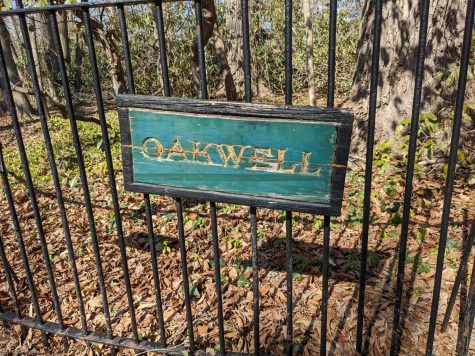

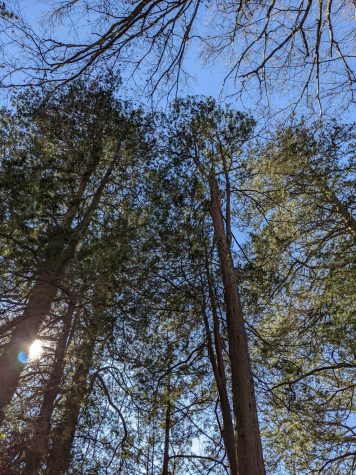
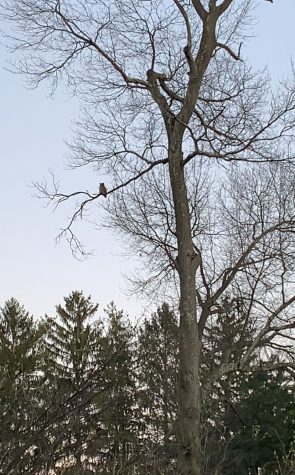
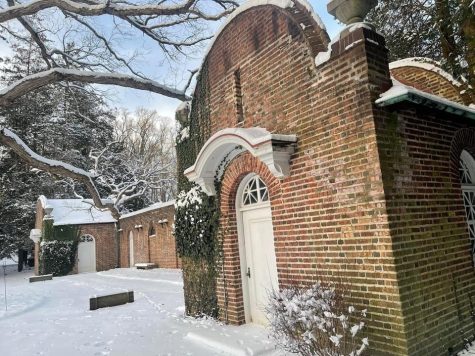
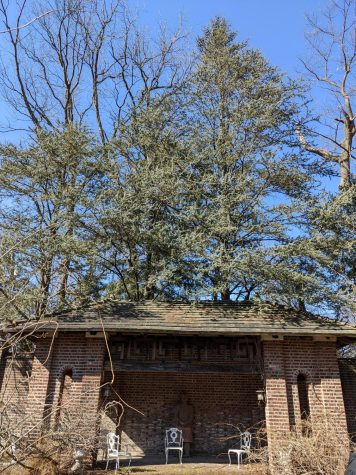
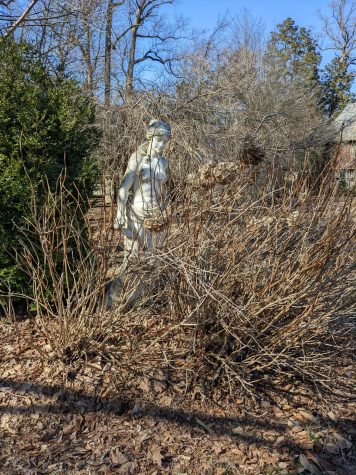
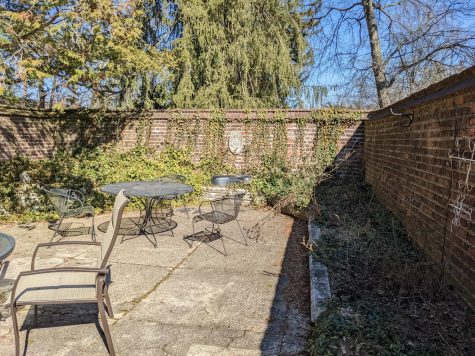

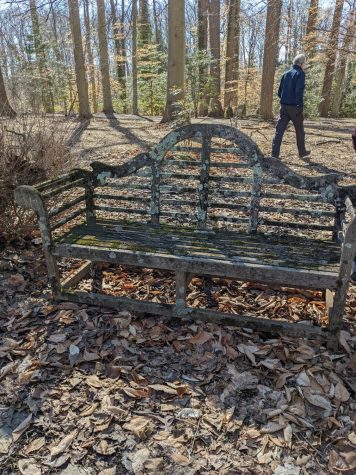
Shawn McMurtry • Mar 28, 2022 at 7:46 pm
Very nicely done!!! Impressive!